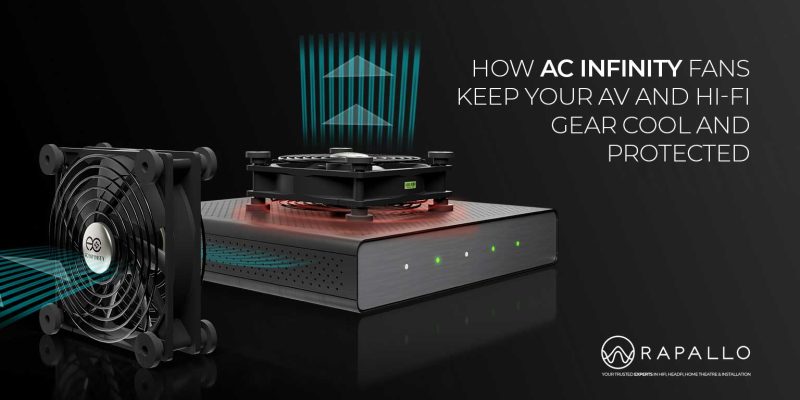
Do projection screens really differ?
Estimated reading time: 3 minutes
Do projection screens really differ? Yes they do.
ProjectorCentral.com | Evan Powell | May 25, 2004
One person wrote recently that he was looking at three fixed-frame projector screens. All of them white, all of them the same size. One was $1800, one was $1200, and one was $600. Is there really any difference between them, or is it all just marketing?
The answer is yes, there are differences between them, and sometimes the differences are enormous. The generic differences you can expect to find between screens include the following:
Resolution.
It may seem hard to believe that professional white (or gray) projection screens could manifest a difference in resolution, or image detail. But they do. Some screens simply produce a sharper, clearer image than others.
Brightness/reflectivity.
Screens differ widely in their ability to reflect light. In theory, a screen’s gain rating should indicate something about its inherent reflectivity. But in our experience gain ratings are as notoriously unreliable as lumen ratings are on projectors. Some screens are inherently brighter than others, even when the specs say they shouldn’t be.
Contrast.
Most buyers are highly conscious of the contrast rating of the projector they are buying, but have no concept that the screen they use will either complement or impair their projector’s contrast performance.
Color accuracy.
A screen should not put its own spin on a projector’s color. Some screens we tested for this review were indeed neutral as they should be, but some imparted unfortunate color biases.
Build quality.
From the moment one opens the boxes and packing materials that screens are shipping in, it is obvious that there are significant differences among the vendors in materials and workmanship, attention to detail, and product quality. However, though these differences are striking and worth noting, once fixed frame screens are assembled and mounted their build quality becomes a secondary issue to the image quality they deliver.
On the other hand, if you plan to install an electric screen with motorized drops and/or moving masking systems, build quality continues to be a central issue for the life of the screen. Mechanical precision, long-term reliability, and maintenance support are much more significant buying factors for screens with moving parts than they are for fixed frame installations. This review is limited to screen fabric and image performance, and thus it does not include an assessment of screen mounting systems.
Do projection screens really differ?
Yes they do, so call the Rapallo team to discuss your requirements.





